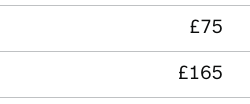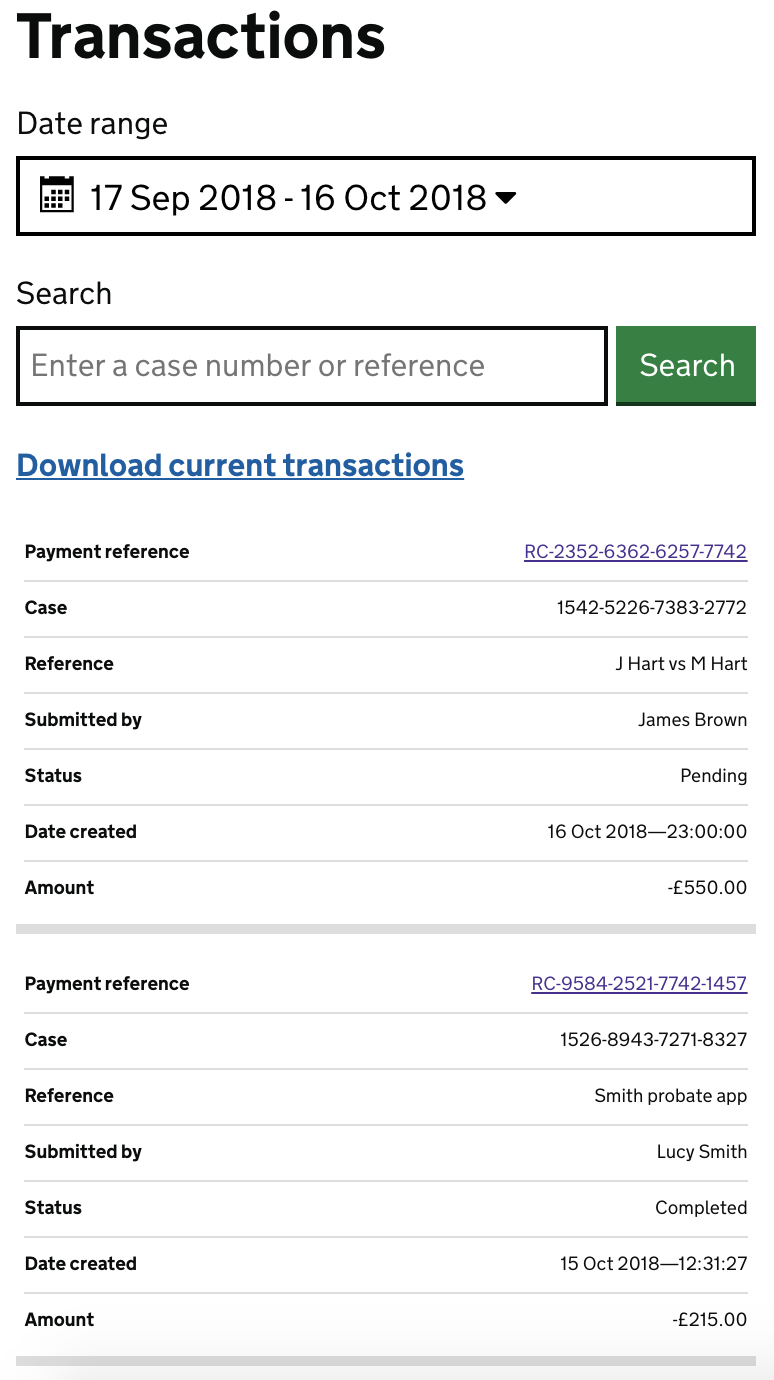I think it’s worth supporting a "sortable tables" pattern, whereby users can click on a column heading to re-sort the table by that column (and click again to reverse). This is useful for enabling people to quickly discover the maximum and minimum values.
This should also be discoverable, which can be achieved by making the the column header blue, with icons for sorted ascending, descending or not sorted.
Here’s an example from a live service: https://www.ethnicity-facts-figures.service.gov.uk/crime-justice-and-the-law/courts-sentencing-and-tribunals/sentences-and-custody/latest
 Zoomed in at a fairly modest level of magnification it could look like:
Zoomed in at a fairly modest level of magnification it could look like:
 and this means the user may have to do significant amounts of horizontal scrolling to establish relationships. The row borders are obviously a help, but it would be much better if the gaps were closed up.
and this means the user may have to do significant amounts of horizontal scrolling to establish relationships. The row borders are obviously a help, but it would be much better if the gaps were closed up. 










Use this issue to discuss this component in the GOV.UK Design System.